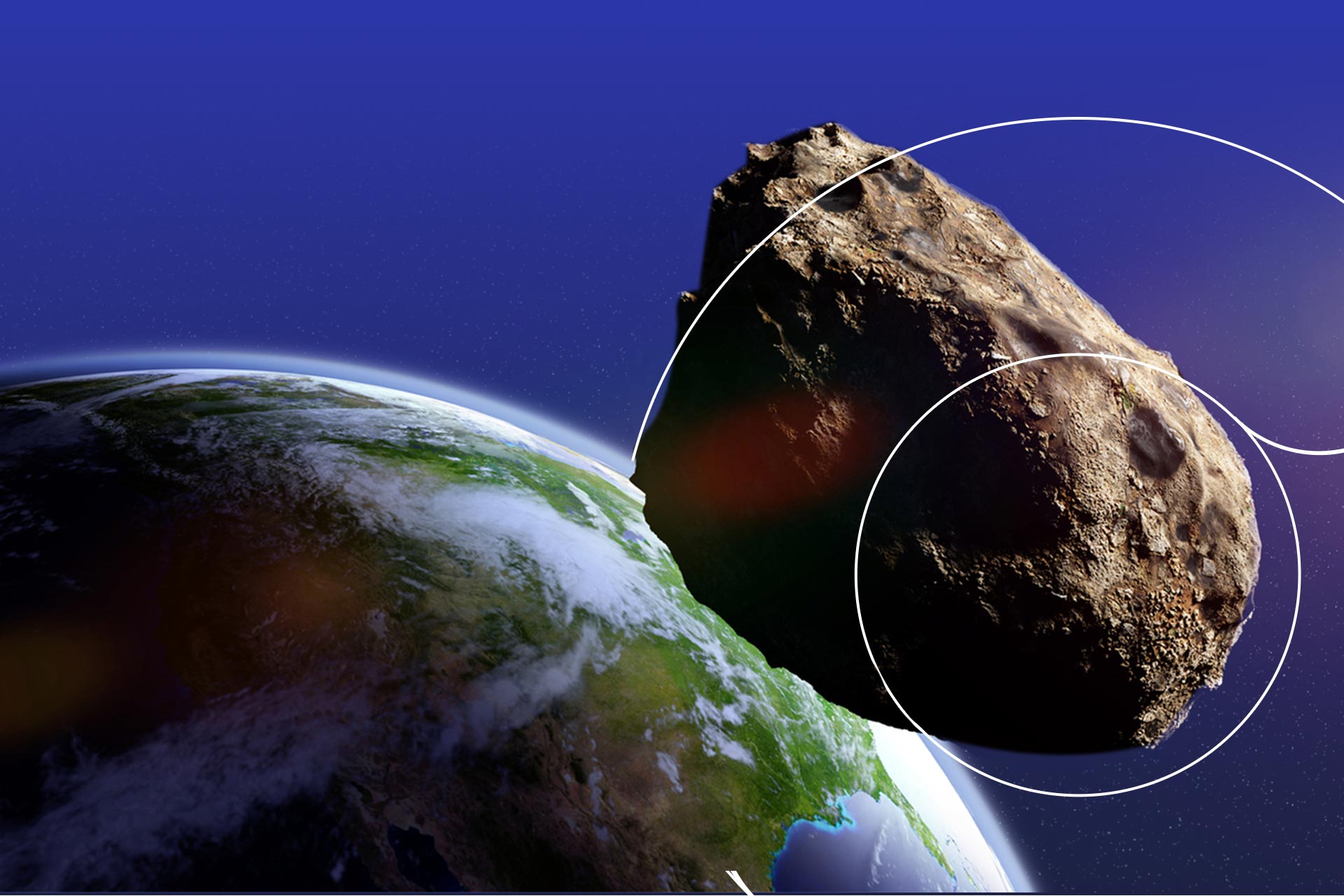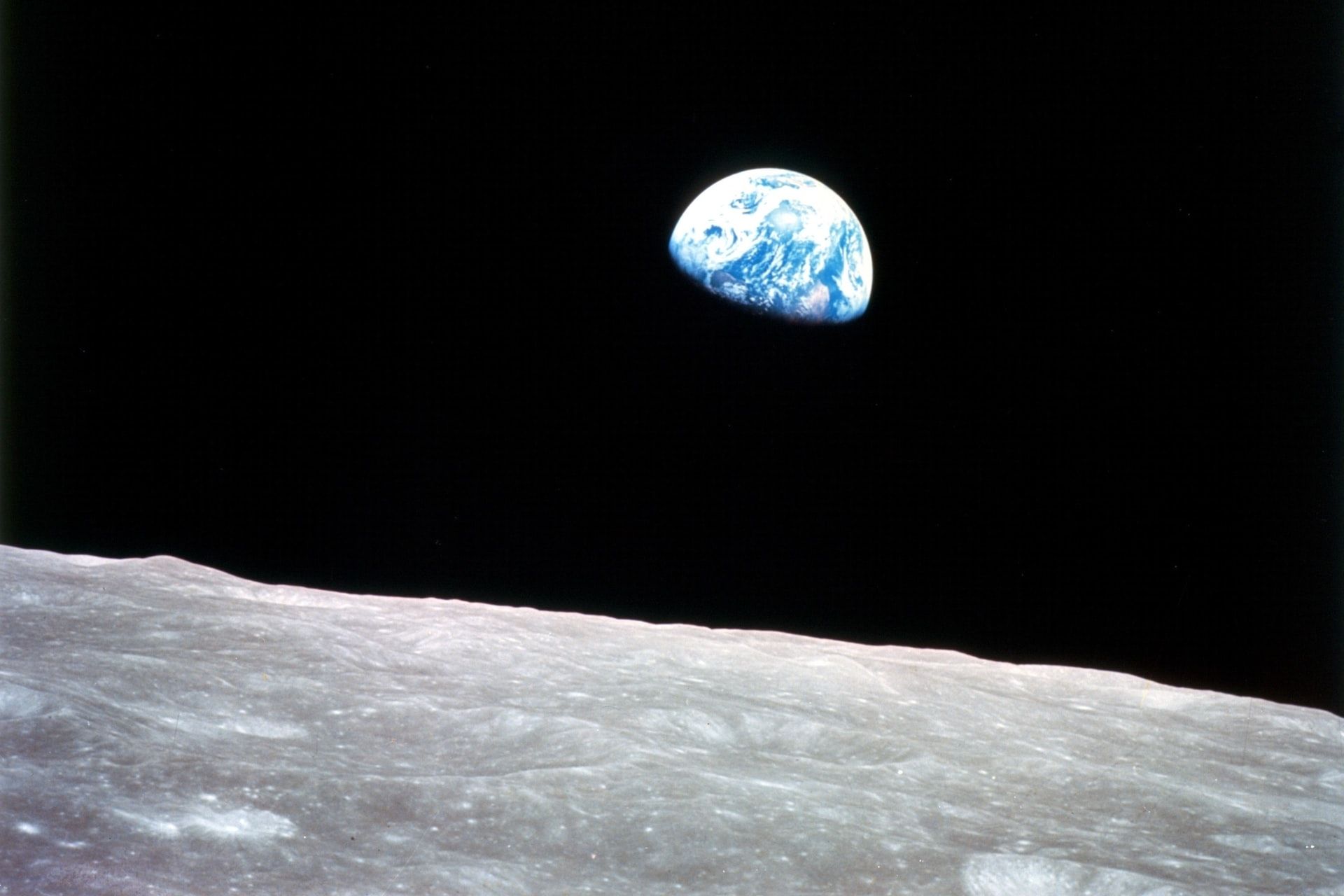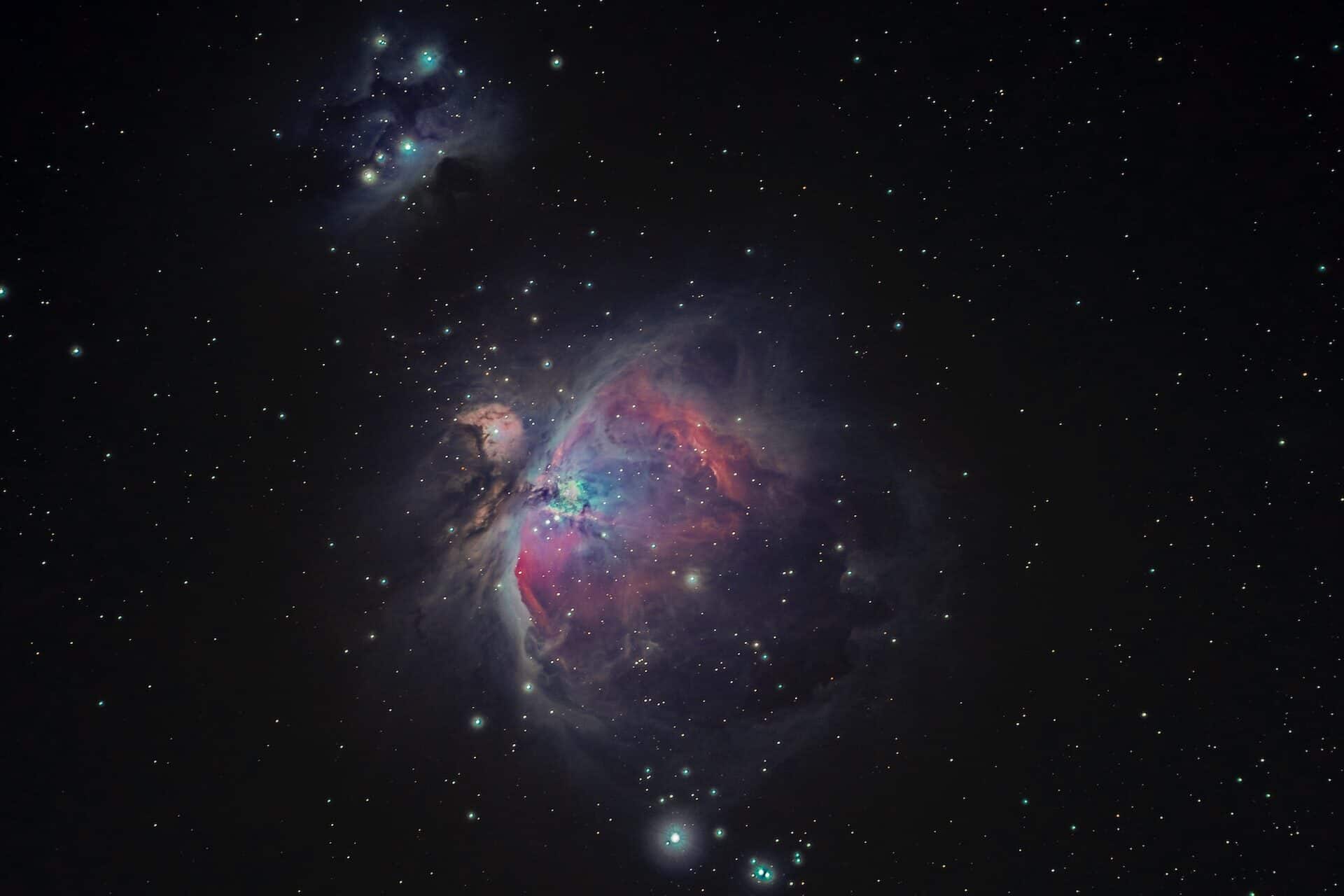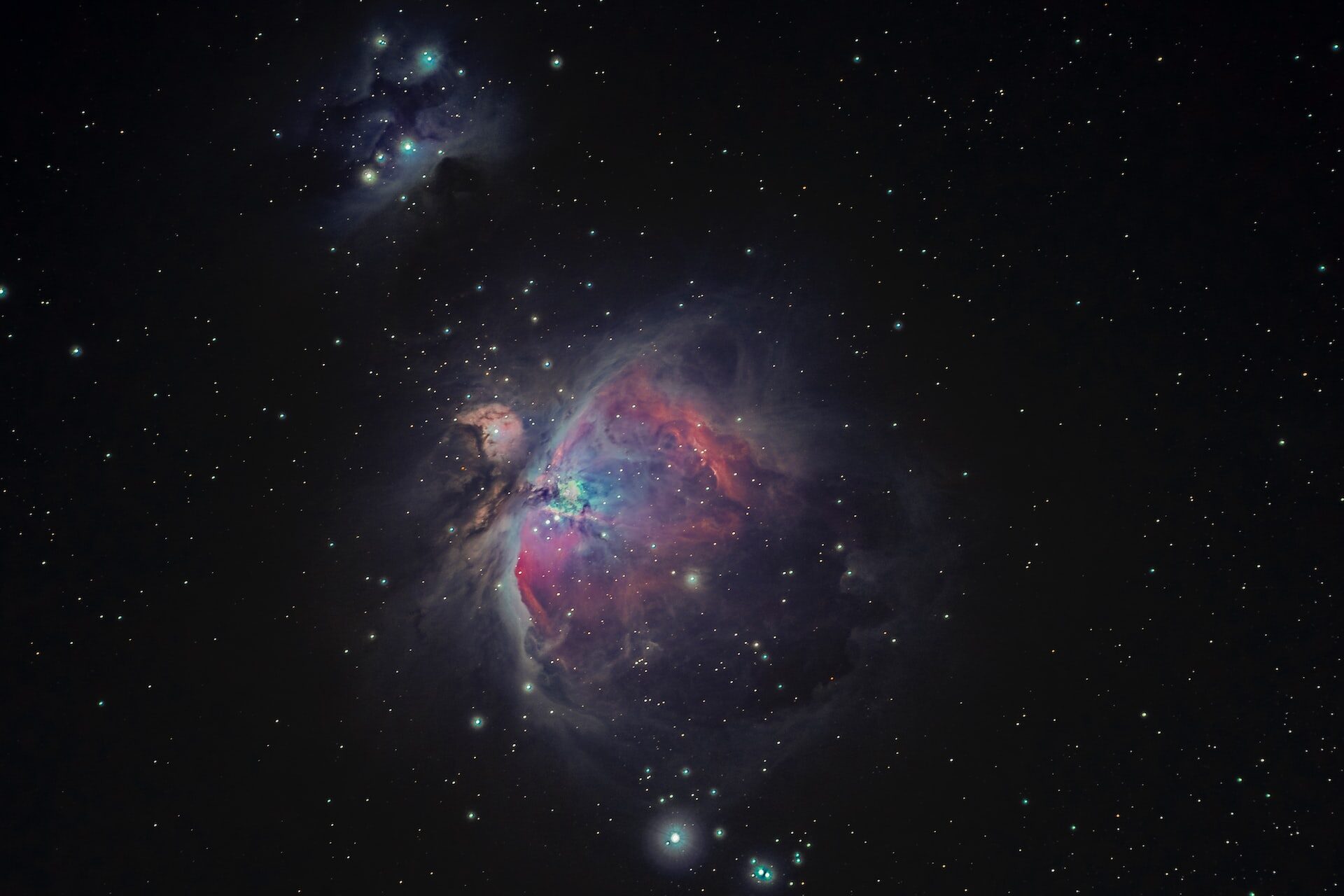
What’s the Difference Between Asteroids, Meteors and Comets?
June 28, 2018 - Emily Newton
Revolutionized is reader-supported. When you buy through links on our site, we may earn an affiliate commision. Learn more here.

We know so little about the universe around us that it can be kind of intimidating to look up at the sky at night. If you see a bright light blazing across the sky, can you tell if it’s an asteroid, a meteor, a comet or some alien life form giving us a visit? OK, chances are it isn’t the last one, but how can you tell the difference between asteroids, meteors and comets?
Asteroids — Leftover Planet Pieces
Roughly 4.6 billion years ago, our solar system started to form. Gravity pulled together rocks to form the inner planets, and bits of nebulae to create the outer gas giants. Asteroids are, basically, the leftovers from planet formation. Giuseppe Piazzi discovered the first asteroid in 1801, and he named it Ceres, after the Roman goddess of the harvest. After Piazzi discovered Ceres, he started to notice it wasn’t alone in the sky. These small celestial objects pepper the area between Mars and Jupiter, which were named asteroids, meaning “star-shaped.”
Most of the asteroids in our solar system stay in that massive asteroid belt between Mars and Jupiter. Occasionally, however, we get a few that head our way and pass a little too close for comfort. Today, there are more than 600,000 asteroids in our solar system, and the ones that come into a near-Earth orbit are called Apollo objects.
Ceres might be the biggest asteroid, but she’s far from the most famous. That honor belongs to the dinosaur-killer that crashed into Earth roughly 65 million years ago.
Comets — Leftover Ocean Pieces
If asteroids are the remains of planets that never formed, then comets are the remains of the oceans that would have developed on those planets. The difference between asteroids and comets is that asteroids formed closer to the sun — where temperatures were relatively higher — while comets formed further away, past the “snow line” where ice could form.
These giant ice balls often remain far out in the outer reaches of the solar system or even in interstellar space. Occasionally, though, they will come close enough to the sun to be visible to the naked eye. As the ice gets closer to the sun, it starts to melt and creates a tail of water vapor and released gases as it moves through space.

We have comets that come within telescope distance every year, but perhaps the most famous of these extra ocean pieces won’t be back until 2061. Halley’s Comet, named for British astronomer Edmond Halley, comes close enough to be visible to the naked eye every 76 years. It last appeared in 1986, though its first known observation dates all the way back to 239 BCE.
Meteors — Leftover Planet Pieces With Bad Attitudes
Asteroids tend to stay in the asteroid belt, but what about those bright lights we mentioned earlier? Shooting stars, or meteors, are small leftover planet pieces — less than 10 meters in diameter — that have a bit of a chip on their shoulder. Astronomers don’t call these tiny asteroids meteors unless they come into contact with the Earth’s atmosphere.
Most meteors burn up due to the heat and friction generated by our atmosphere — the same reason rockets and shuttles need massive heat shields to protect their contents and crew. If you look up at night and see a shooting star, chances are you just watched a leftover planet piece burn up in the atmosphere. There is a small chance it could also be space junk, but don’t let that ruin your wish.
If a meteor survives reentry and lands on the surface, it becomes a meteorite. If staring at the sky looking for a random piece of space junk burning up doesn’t appeal, you can always wait for one of the dozen or so meteor showers that happen every year. These occur around the same time annually when the Earth passes through orbital debris fields. Most of them are named for the constellations from which they appear to originate.
Sometimes, meteors survive Earth’s atmosphere, only to explode close to the ground. That’s what happened in 2013 with the Chelyabinsk meteor in Russia — a 20-meter-wide asteroid entered the atmosphere, and instead of burning up, exploded roughly 12 miles above the Earth’s surface. It released about 500 kilotons of explosive energy — 30 times the yield of the nuclear bomb the U.S. used in Hiroshima during World War II.
Knowing Your Rocks
If you see a bright light in the sky, and it’s not a helicopter or an alien invasion, now you’ll be able to tell the difference between asteroids, meteors and comets. And, if you see a big fireball like the Chelyabinsk meteor — DUCK!
Revolutionized is reader-supported. When you buy through links on our site, we may earn an affiliate commision. Learn more here.
Author
Emily Newton
Emily Newton is a technology and industrial journalist and the Editor in Chief of Revolutionized. She manages the sites publishing schedule, SEO optimization and content strategy. Emily enjoys writing and researching articles about how technology is changing every industry. When she isn't working, Emily enjoys playing video games or curling up with a good book.




